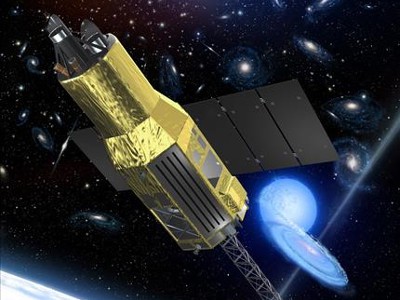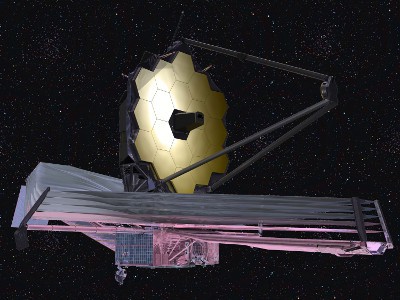
 The Japan Aerospace Exploration Agency is scheduled to launch ASTRO-H, the Agency’s flagship astronomy mission on Friday, February 12, 2016, at 3:45 a.m. (EST) / 12:45 a.m. (PST) / 5:25 p.m. (Japan Standard Time).
The Japan Aerospace Exploration Agency is scheduled to launch ASTRO-H, the Agency’s flagship astronomy mission on Friday, February 12, 2016, at 3:45 a.m. (EST) / 12:45 a.m. (PST) / 5:25 p.m. (Japan Standard Time).
The observatory will be fitted with the ASTRO-H Meteorology System (CAMS), a laser measurement system provided by the Canadian Space Agency.
Although ASTRO-H’s exact launch time is in doubt pending bad weather, the countdown clock is still ticking down to the final moments ahead of the observatory being sent into orbit.
ASTRO-H’s mission will be to peer directly into some of the most massive predators in the known universe, namely supermassive black holes at the centre of far-away, young galaxies that are billions of time more massive than our own sun.
Astronomers currently believe that normal galaxies like our own are formed when supermassive black holes eat everything at the galaxy’s core, quieting down only when they run out of things to consume.
The observatory will be fitted with five X-ray telescopes and detectors, providing images and measurements of monster-sized black holes and the remains of exploded stars which emit X-rays, at unprecedented levels of detail.
Canada’s contribution to the project, the Hard X-ray Telescope, will be positioned at the end of a six-metre mast, where it is expected to sway due to orbital vibrations and night-day transitions that will see temperatures swing from -30 °C to +40 °C at an altitude of 550 kilometres above the Earth.
Despite all that in-orbit motion, CAMS will be able to precisely measure the mast’s distortions to a level of accuracy equivalent to the width of two human hairs, providing mission operators with precise data from the Hard X-ray Telescope.
Ottawa’s Neptec Design Group was awarded a contract to develop CAMS after the Canadian Space Agency was approached by the Japanese Agency in 2009.
Participating scientists from Japan, the United States and Europe will have prime observing time for a period of approximately nine months after the launch, including the three astronomers representing Canada on the project’s Science Working Group, Dr. Luigi Gallo, Principal Investigator for ASTRO-H Metrology System, or CAMS, of Saint Mary’s University; Dr. Brian McNamara of the University of Waterloo; and Dr. Samar Safi-Harb of the University of Manitoba.
Dr. Gallo will be studying the ebb and flow of X-rays emitted by supermassive black holes, fluctuations which are thought to be correlated with the quantity of matter consumed as these stars, gas and clouds of dust are torn apart.
Dr. Safi-Harb will be using ASTRO-H to investigate high-energy phenomena associated with neutron stars.
Dr. McNamara, an expert in our understanding of energetic feedback from supermassive black holes, will be studying powerful outbursts of energy from the centre of galaxies, which are thought to weigh more than one billion suns and are equivalent to the mechanical energy of 10 billion supernova explosions.
A livestream of the ASTRO-H’s launch can be viewed below, as well as a video explaining the satellite’s mission.
Comment
One thought on “Canadian X-ray telescope ready to launch on Japanese ASTRO-H observatory”
Leave a Reply
You must be logged in to post a comment.






 Share
Share Tweet
Tweet Share
Share




Japan to Launch High-Tech X-Ray Observatory Live Stream => https://tr.im/NBv7y
Japan to Launch High-Tech X-Ray Observatory Live Stream => https://tr.im/NBv7y